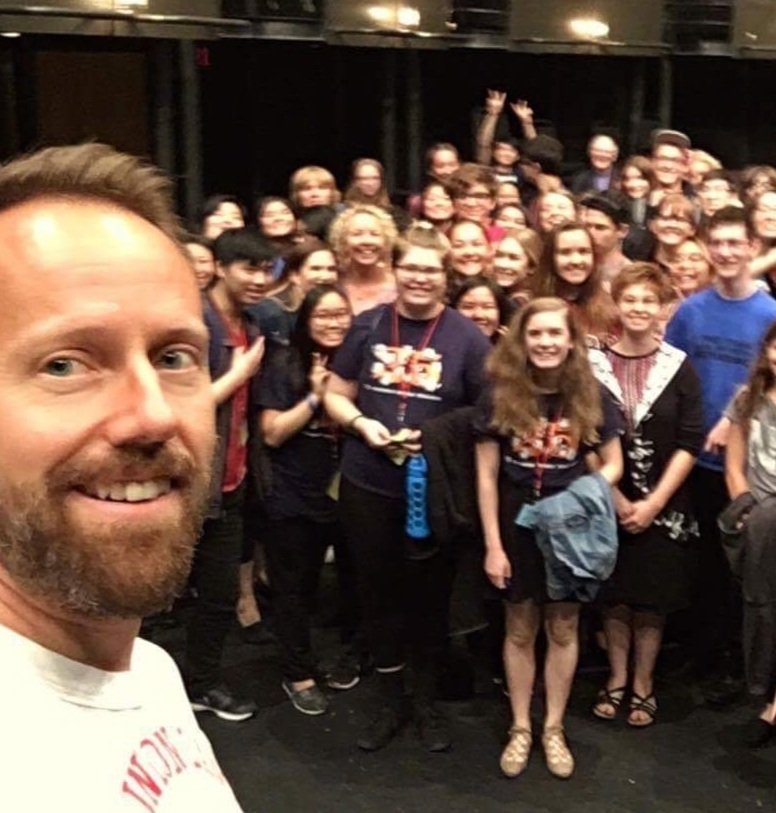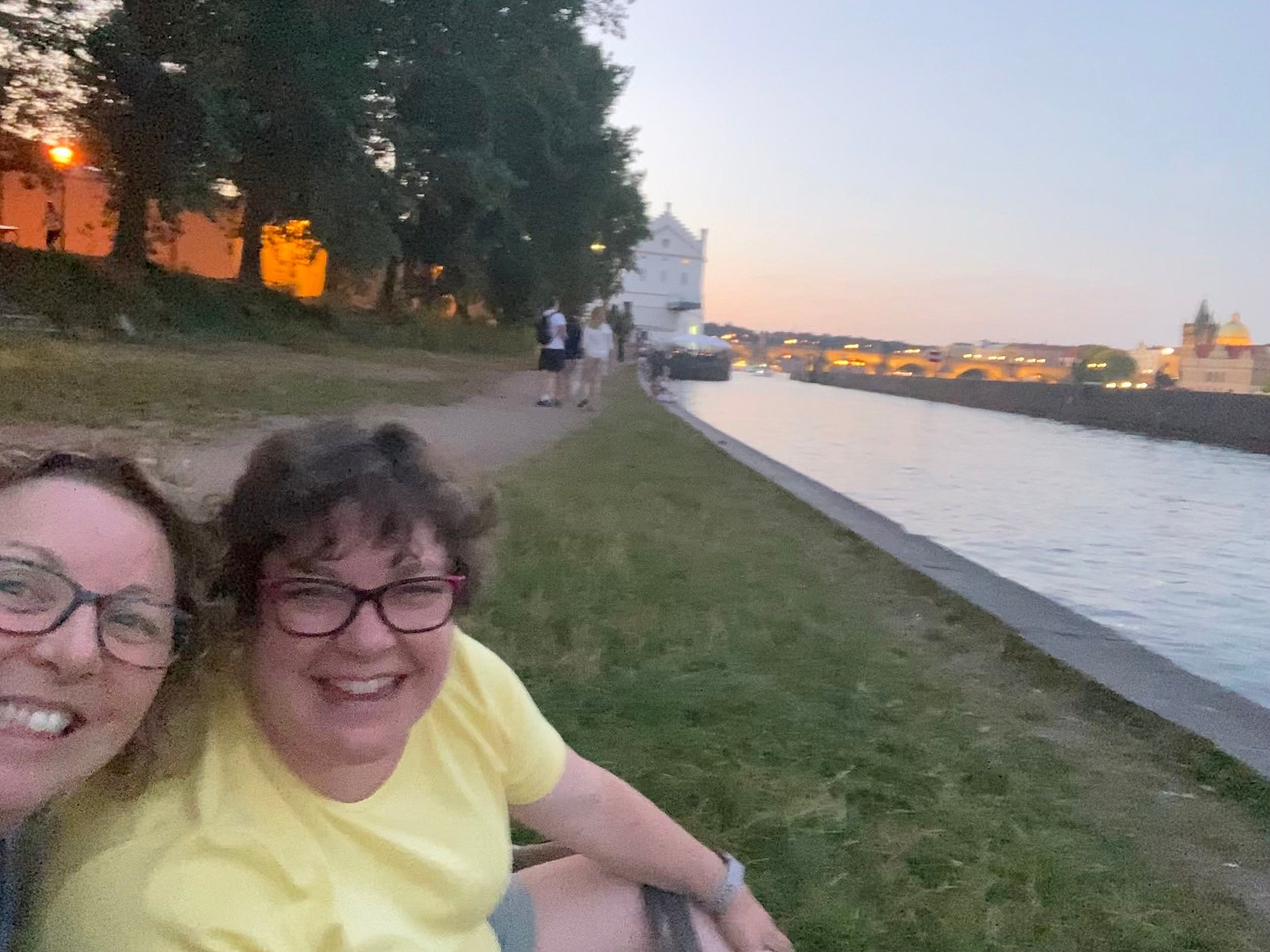Are you the next Bruno Walter?
Are you the next conductor to champion the music of a composer whose voice challenges the current norms that govern wind band music? The one who finds beauty in a rough diamond? Composers will understand what I mean when I say, “if a new piece isn’t sounding right, often the first person blamed is the person who wrote it…”. Well maybe that isn’t always the case…
My work ‘Twist’ (published by the Brolga Music Publishing Company) was recently smashed out of the ball park by the St. Olaf band (THANK YOU Dr. Timothy Mahr!), but it certainly didn’t start life like that. In fact post-premiere I re-wrote the ending, added a new section and tweaked different parts . And yet I STILL believed that major re-writes were needed as when bands played the piece, it left me feeling wanting… and I blamed myself. Don’t get me wrong, they played the work well, but I felt that something was missing.
It wasn’t until Dr. John Lynch performed the work with the Sydney Conservatorium Wind Symphony that I began to believe that maybe ‘Twist’ was ok. That was because of the collaboration we formed during rehearsal and John’s incredible eye for detail. Fast forward seven years and several performances later, the work is now included on the Texas PML. Not only do I now trust the notes on the page, so to do other conductors as a direct result of the kindness and commitment displayed by conductors such as Tim and John. If not for people like them, the work may have been lost long ago…
Generating trust like this in repertoire that is new certainly doesn’t happen overnight. It takes time. That said, expecting a brand new work to behave like “Air for Winds” is like expecting a new born baby to send itself off to sleep. It just doesn’t work that way.
Newly written pieces, or pieces that have been written for some time but are yet to be fully realised, (especially those that challenge the norms of wind band music) take careful preparation, an open heart and mind as well as 5 important pathways granted to few composers. Please consider these as you prepare for your next concert season...
PATHWAY #1: workshop time.
If the repertoire is to grow beyond the realm of the formulaic, ‘one same band sound’ (from beginner through to professional levels), then granting workshop time for the composer and their music is PARAMOUNT.
Allow the composer the freedom during and between rehearsal(s) to make changes and try different ideas. Together you will delight in sharing your own personal musical diversity in both thought and vision and use these tools to assist each other in realising a common goal: the birth of new music.
Please know that ALL composers (not only those who are new to the game) need this MORE than they need another competition.
Photo: With Dr. Rob Taylor and members of the UBC Summer Music Institute Wind Symphony 2017. Rob’s collaborative style, patience and experience during the first realisation of ‘Peace Dancer’ ensured a successful, viable version of this piece to be available for all future ensembles and a successful and unforgettable premiere performance. CLICK HERE to learn more about the process.
PATHWAY #2: composer engagement.
If an in-person workshop with the composer isn’t possible, or you can only have one before the performance, be sure to engage the composer throughout your preparation and rehearsal. How?
In 2009, Dr. Dennis Fisher and the UNT Symphonic Wind Band premiered my work ‘Soulström’ (published by Manhattan Beach Music). Before Zoom and Skype were a thing, Dr. Fisher recorded the audio of his entire rehearsals on the piece and called out questions to me, the composer, throughout the session. These were also followed up in an email. I listened, provided feedback and sent through more questions and/or revisions. It worked brilliantly and when I arrived, we had already formed a bond and the final rehearsals allowed small tweaks. The premiere was a smash and it was because of Dr. Fisher’s dedication and commitment. HIGHLY recommended.
Photo: Onstage at the University of North Texas 2009 premiere performance of ’Soulström’. Cred: D. Worrall
PATHWAY #3: hero the work.
A composer is at their most vulnerable when a new work is complete, as a composer championing their own (new) piece often falls on deaf ears. Remember, the music of Mahler may have been completely lost if it wasn’t for conductor Bruno Walter. Hence it is NOW that you, the conductor who has lived and breathed the realisation of this composition can help the repertoire (and composer) the most. CHAMPION the new work, explain what is required to make it happen from the perspective of the podium. SHARE your experience both conducting the music and in conversation with the composer. Your fortification will go a long way to establishing trust in the new piece which may, or may not be a new voice for the medium.
Photo: Two of my heroes - Dr. Tim Mahr and Professor Craig Kirchhoff, they have both championed my music and I will forever be deeply indebted to them both. Cred: Paul Kile.
PATHWAY #4: a quality reference recording.
Whilst this goes without saying, you maybe surprised how many times I have had a newly commissioned work premiered and not received a reference recording from the experience. I URGE you to build into your commissioning process time to record the work, either pre- or post-premiere preferably with the composer present (and if it’s not a premiere, you might be the first conductor to really give this work some air so consider doing this anyway!). Such opportunities can be the difference between the work gaining traction, or not…
Photo: With Dr. Margaret Underwood during the WASBE conference in Prague, 2022. Dr. Underwood has provided some excellent reference recordings of my work and performed works at conferences/with honour bands. I am deeply indebted to her for the time, energy and the commitment she has made to my music.
PATHWAY #5: play it more than once.
Finally, please know that a new work needs “playing in”. Once a few different performances are given at various concerts and shared events, and perhaps even different recordings have been shared, the new work settles into the repertoire. As I shared above, this can take ten years (or more) to happen, especially when you are a composer like me who has a ‘unique’ voice.
So please, program the work in festivals, honour bands, conferences and allow people to HEAR IT and hear it realised well through a conductor who has worked directly with the composer, and understands their intention.
Photo: With conductors Dr. Nick Williams and Ingrid Martin after the performance of ‘Into the Sun’ at the University of Melbourne, 2023. ‘Into the Sun’ (Brolga Music Publishing Company) is now ten years old and is only just beginning to be discovered. Both of these conductors are long time colleagues and for many years they have championed my work and/or been involved in reference recording and premiere performance sessions. I am deeply indebted to them both. Cred.: T. Videon
The conductor is the frame around the oil painting, the well lit room that highlights a sculpture, the actor delivering a playwright’s new script. Without you, our music… well, it dies. Every time a more ‘standard’ piece is chosen for a festival, students are denied the opportunity to prepare and perform a work from a more unique voice who is working hard to share their artistic view of the world through the wind band medium.
If wind band repertoire is to grow in both musicianship and artistic intention, then composers need to be granted more opportunities to workshop their new ideas, have them “played in” and be provided with the means to share authentic performances with others. With each new work, a little more growth is achieved and through this, everyone benefits.
When planning your repertoire for this concert season please, listen with new ears, take a risk and through that risk and connection with the composer, establish newfound trust in works that are not currently considered ‘standard’. Together we can ensure repertoire and pedagogical growth and keep the wind band and its music relevant to both the 21st century student and audience.






